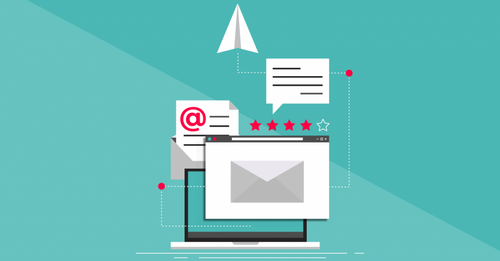In the digital marketing universe, timing isn't just a factor – it's the cornerstone of successful email outreach. Striking the right chord with your audience at the perfect moment can turn a standard email campaign into a powerhouse of engagement and conversion. This article delves into advanced techniques for optimizing the timing of your email outreach, ensuring your messages not only reach but also make a significant impact on your audience.
1. Harnessing Audience Insights for Timing Perfection
The foundation of effective email timing lies in understanding your audience's daily habits and preferences. Different groups engage with emails at varying times – professionals might check their emails early in the morning, while millennials might be more active in the evening. Dive into your campaign analytics to identify patterns and tailor your email schedule to these preferences.
2. Time Zone Optimization for Global Reach
When your audience spans the globe, mastering time zones becomes crucial. Timing your emails to suit the local time of your recipients ensures your message lands in their inbox at an opportune moment. Segment your audience based on geographic location and tailor your email schedule to each time zone for maximum effectiveness.
3. The Strategic Weekday Factor
The day of the week you send your emails can significantly influence their success. Research often points to mid-week, particularly Tuesdays and Thursdays, as optimal for high engagement. However, this varies across industries and audiences. Conduct A/B tests to find the most responsive days for your specific audience.
4. Seasonal and Event-Driven Timing Tactics
Aligning your email campaigns with seasonal trends, holidays, and industry events can greatly enhance their relevance and engagement. For instance, aligning retail emails with shopping seasons or sending B2B emails around industry conferences can increase their impact. Be sensitive to your audience's cultural contexts when planning these campaigns.
5. Balancing Email Frequency and Consistency
The frequency of your emails plays a significant role in maintaining audience interest without causing fatigue. Too many emails can lead to unsubscriptions, while too few can result in a loss of engagement. Find the sweet spot in frequency for your audience, and maintain a consistent schedule to build anticipation and familiarity.
6. Leveraging Automation for Precise Timing
Automation tools are invaluable in executing a timely email strategy. They allow you to schedule emails for the most effective times, ensuring consistent and timely delivery. Additionally, automation can facilitate behavior-triggered emails, adding a layer of personalization and timeliness to your outreach.
7. The Importance of Continuous Testing and Adaptation
Email outreach is dynamic, and what works today may not be as effective tomorrow. Continuously test different timing strategies, monitor the results, and adapt your approach based on these insights. This iterative process is key to staying aligned with your audience's evolving preferences and behaviors.
Conclusion
Mastering the timing of your email outreach is an art that requires a deep understanding of your audience, strategic planning, and a willingness to adapt. By employing these advanced techniques, you can ensure that your email campaigns are not just seen but also resonate with your audience, driving engagement and conversion.
In the world of email marketing, remember: timing is not just everything, it's the only thing.



